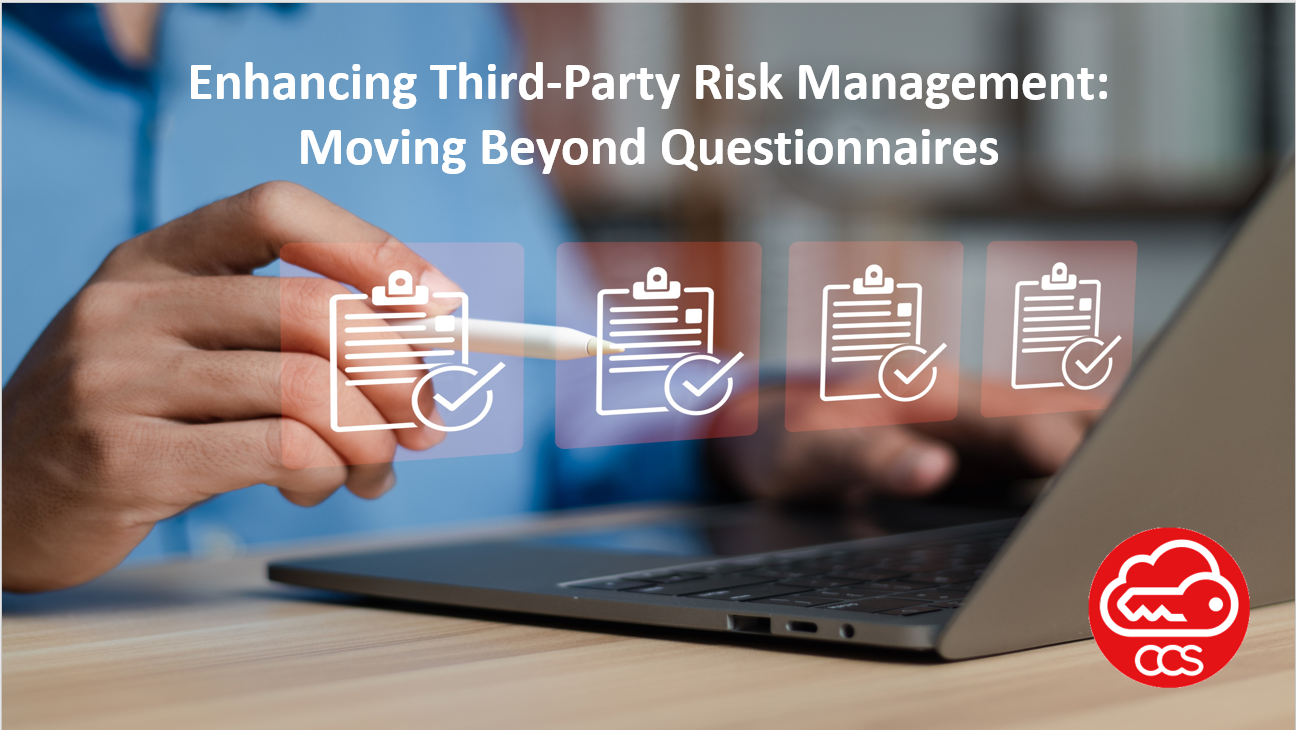Third Party Risk Management (TPRM) Platform Overview
The Black Kite TPRM Platform provides comprehensive visibility into yours, suppliers', and partners' cyber positions using open-source intelligence. It assesses financial, technical, and compliance risks without accessing the target environment. With over 400 OSINT resources, it generates letter-grade scores and reports based on industry standards like NIST and ISO27001. Reports cover technical, financial, and compliance risks, aiding proactive mitigation. The Ransomware Susceptibility Index (RSI) detects ransomware risks early.




